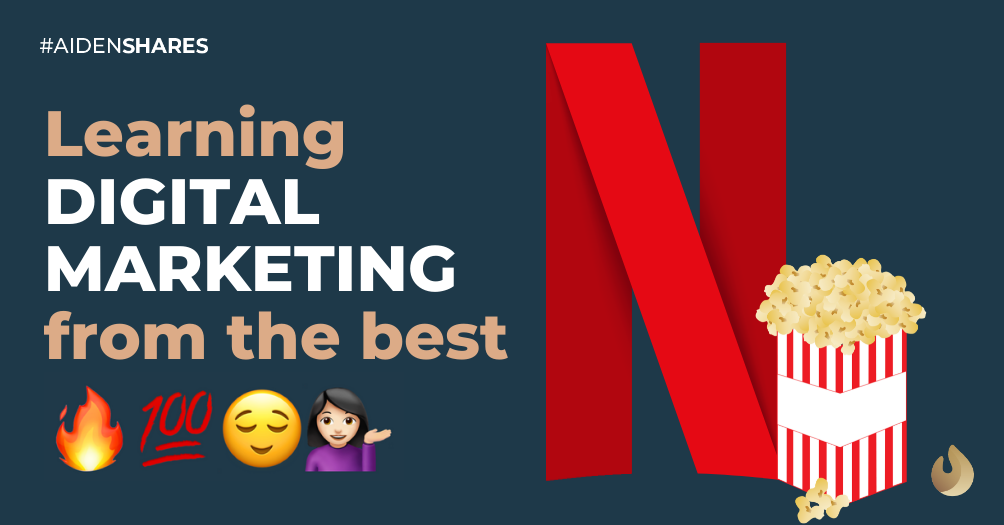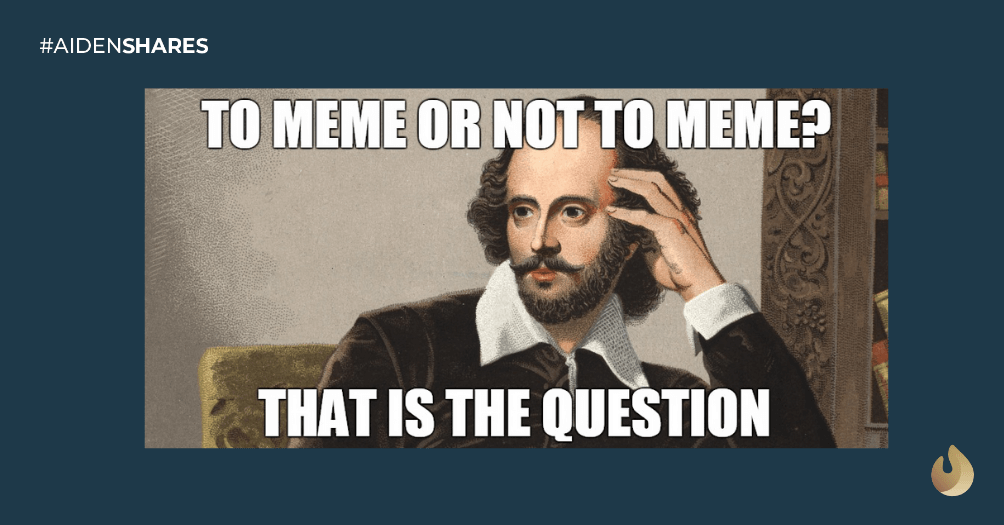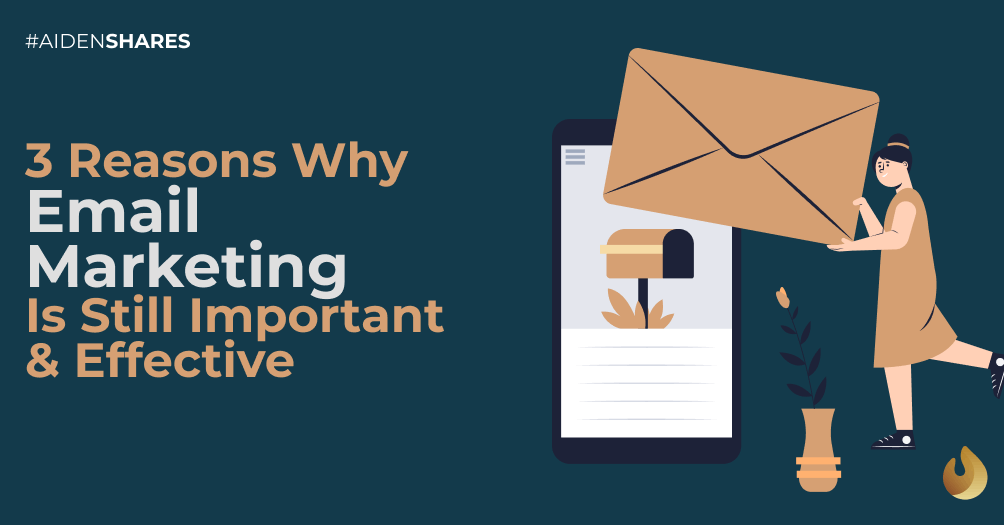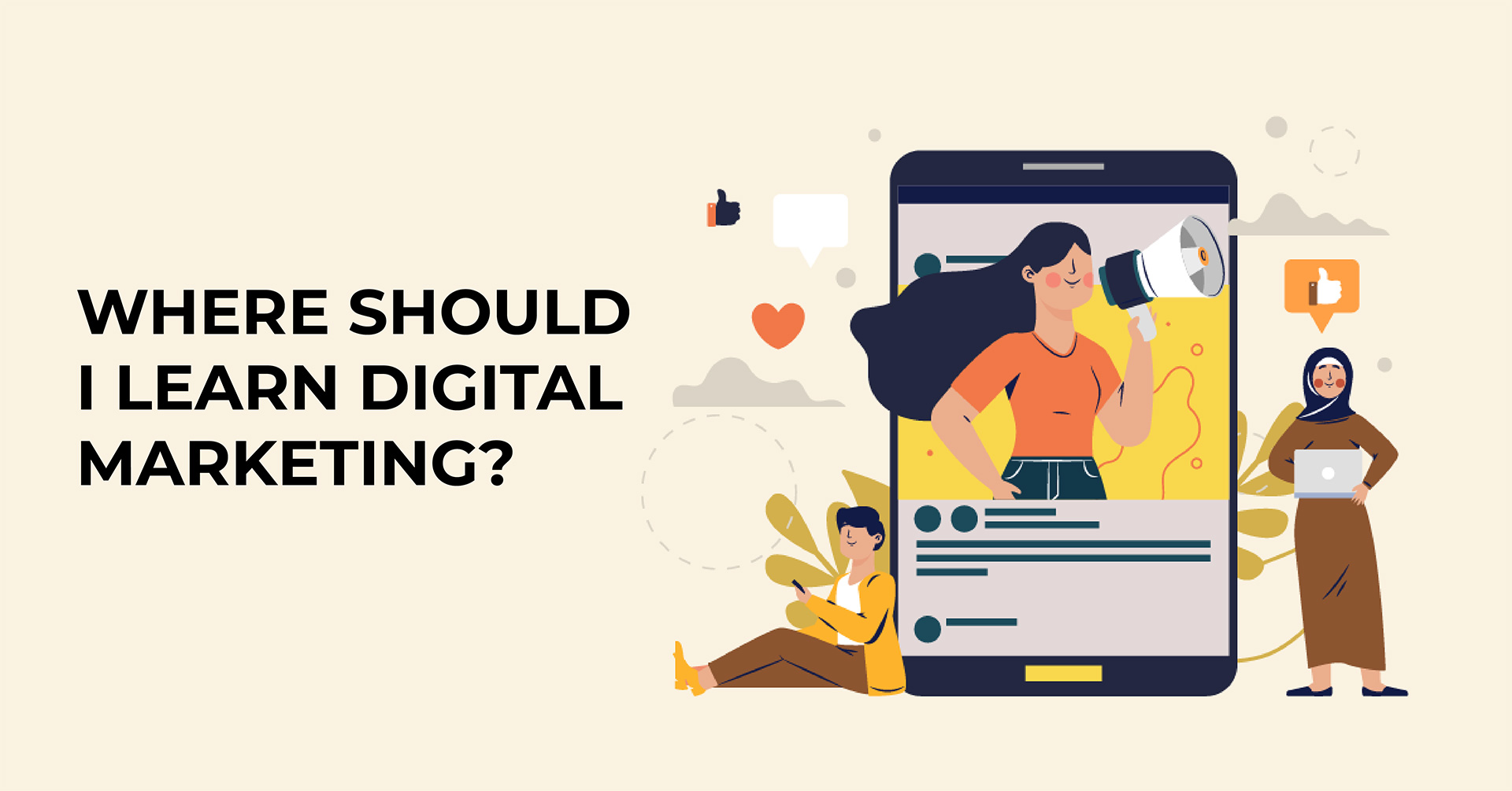Your Cheat Sheet to Integrated Marketing (& Why You Should Be Doing It Too) 📈
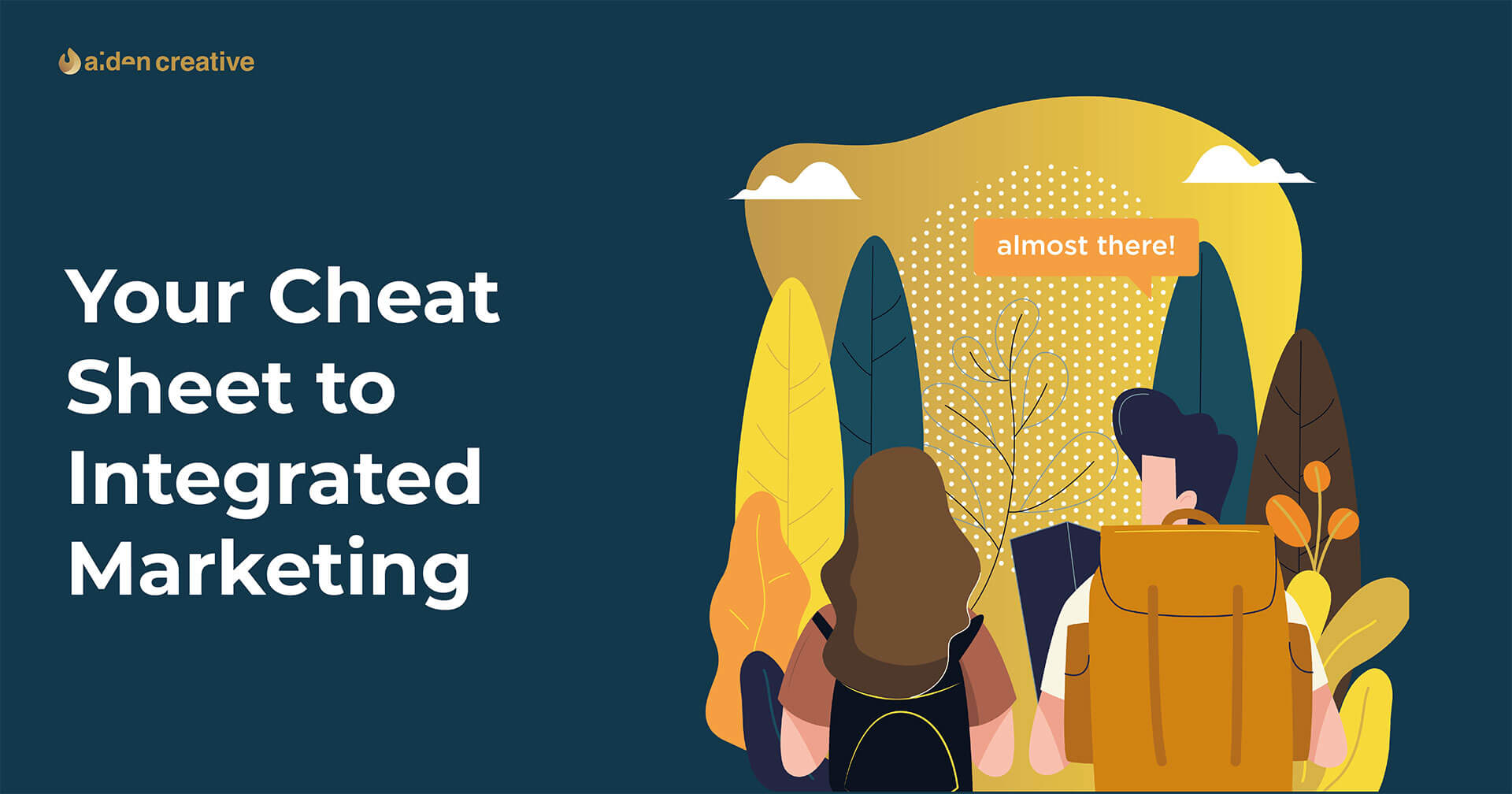
Imagine that you would like to order a cake delivery to celebrate Mother’s Day.
You turn to Google to find reviews of the best bakeries still operating during this season and visit each company’s website to learn more about their cake selection and prices.
While surfing the website, you also browse through your social media to see what your friends are doing for Mother’s Day and come across several Mother’s Day cake advertisements, inviting you to learn more from their social media account pages.
After much searching and browsing, you finally decide on a well-decorated chocolate cake that you saw a video of. It’s a great cake, and you’re delighted with your decision, but what is the moral of this story?
As a consumer in today’s digital age, making the purchase decision is no longer the straightforward path that it used to be. With the abundance of digital platforms available to facilitate research and evaluation, we now rely on information from different channels to make our eventual purchase decision.
The most effective way to gain customers today is to engage your potential consumers on the multiple touch-points they come across, so that they see and eventually pick your brand. This is commonly referred to as Integrated Marketing.
What is Integrated Marketing? 💹
You’re starting to see the importance of Integrated Marketing, yet, what exactly does it mean?
Integrated Marketing is simply harnessing numerous proven and tested marketing tactics and strategies (e.g. SEO or Social Media Marketing) in the right mix to promote your business (be it a website, physical store, or even your sales staff). This could consist of:
- Blog and Content Creation
- On-site Search Engine Optimisation
- Social Media Marketing
- Email (Inbound) Marketing
- Search Engine Marketing (Google Adwords, etc)
- Advertising on related blogs, websites, forums
- Viral Video Marketing
- Online Performance Analytics
- Landing Page or App Optimisation
- Traditional Advertising
The list goes on.
Rather than using each marketing strategy in silos, integrated marketing looks at what the best marketing strategies are for each line of business, and how one can tie all these marketing elements and channels together to convey one primary brand message. This seamless brand experience, supported by consistent, engaging and recurrent exposure to your brand, aims to maximise brand interactions and lead consumers back to your business at every stage of today’s complex customer journey, so that they’ll eventually convert with you.
This seems simple enough.
But how does Integrated Marketing work? 💭
It begins with your core – the consumers that support your very business. With the goal of Integrated Marketing being to maximise your brand’s exposure effectively, you will first need to understand how your consumer reaches you.
Let’s illustrate the concept using our earlier example, this time from the perspective of a bakery owner.
Aiden’s Bakery is well-known for their customisable decorative cakes. While they cater to dessert lovers, a far larger segment of their customer base consists of consumers who want an Instagram-worthy cake to celebrate an upcoming special occasion. With Mother’s Day being a key period for finding such potential customers, Aiden’s Bakery’s challenge now is to reach these consumers and stand out amongst their competitors.
The first step that Aiden’s Bakery can take is to understand the characteristics and customer journey of this potential group of consumers:
- What are their demographics?
- What do they like or dislike?
- How do they make their decision?
By answering these questions, Aiden’s Bakery may realise that majority of their potential consumers are female millennials who enjoy online shopping, watching art, baking and beauty channels on YouTube, and keeping up with their friends’ post feed on social media. While the taste of the cake may be an essential factor, the most important factor is ultimately how impressive the cake would look visually to others.
Knowing this, Aiden’s Bakery could upload a few images of their limited edition Mother’s Day cakes onto their Facebook and Instagram page and boost these posts to reach potential consumers who fit into their identified demographic. This could help them to increase brand awareness and earn some enquiries for Mother’s Day cakes.
Still, with numerous other bakeries similarly promoting their cakes on social media, Aiden’s Bakery faces stiff competition. Additionally, the bakery cannot reach this pool of consumers once they stop their advertisements – a large portion of advertising spent may yield no future returns.
Alternatively, using the information they know about their potential consumers, Aiden’s Bakery could do the following:
- Reach out to lifestyle online publications to see if they would be interested in doing a social media feature on their limited edition Mother’s Day nine-layer cake, which could potentially be featured to the online publication’s large millennial following
- Upload an IGTV or YouTube series that showcases their cake decoration process of the Mother’s Day cake to cater to potential consumers’ interest in art and baking
- Hold a Social Media contest that encourages users to tag three friends and share their ideas of the types of cakes they would like to see designed for future videos to win a free limited Mother’s Day cake
- Link their Social Media posts and videos to their website order landing page, which features the full cake gallery for Mother’s Day and an option to order a customised cake
- Have the order landing page be SEO optimised for longtail keywords such as ‘Cakes for Mother’s Day Singapore’ and ‘Cakes delivery Singapore’, and searchable via Google Ads for keywords related to ‘Mother’s Days cakes’
- Prompt users to sign up as a member to get rebates and cash discounts when they order their next cake from Aiden’s Bakery, and invitations to members events (e.g. cake tasting or kitchen tour)
- Encourage users to upload a review and tagged image of their Mother’s Day cake for an additional rebate on their future cake orders
- Remarket their Mother’s Day cake via Google Display Ads or Social Media Ads to customers who added a cake to their shopping cart but didn’t check out – this time with an additional 10% discount code
- Update images, store information and reviews on Google My Business, to get listed as a place consumers can get a cake delivery, and further promote their business even after Mother’s Day
Which approach do you think would help to boost Aiden’s Bakery’s Mother’s Day sales further?
Instead of a micro marketing funnel in the first approach that targets one stage of the customer’s journey, Aiden’s Bakery in the second approach now markets on the macro level, using what they know about their potential consumers to come up with an extensive marketing funnel that pulls consumers in regardless of the buyer’s stage they are in (need recognition, brand evaluation, or purchase decision).
The second approach, while more time consuming, allows Aiden’s Bakery to effectively market to potential consumers at numerous stages of their cake purchasing journey – standing out against competitors – and furthermore, develop marketing assets that continue to foster awareness and yield engagements for future returns (e.g. a list of members that you can contact, a YouTube channel that viewers can constantly get exposed to).
Here, we can see the benefits of Integrated Marketing 👌
More than just a touch-and-go marketing initiative, Integrated Marketing looks at developing relationships with consumers to build brand awareness, engagements, conversions, and loyalty.
- Brand Awareness
Frequent exposure to your brand, media, and content, wherever consumers go (Facebook, YouTube, Google), helps to develop greater awareness of your brand and brand familiarity towards what your brand has to offer.
- Brand Engagements
Through incentives and engaging modes of content, consumers are motivated to interact with your brand, which can, in turn, provide your brand with greater exposure through the networking effect (aka word of mouth) and help to establish social proof. - Brand Conversions
The numerous pathways that lead consumers back to a platform where they can purchase from you, coupled with the incentives and reasons you’ve provided along the way, promote brand conversions – eventually. - Brand Loyalty
With a list of members, followers and subscribers that you can tap on, your brand can now continue to engage consumers, providing them with relevant promotions that would make them happy (e.g. birthday discounts, pre-order perks and members-only sale).
With Integrated Marketing, there are hence long-term gains to be reaped – not just short term ones.
That said, Integrated Marketing goes beyond just implementing numerous marketing strategies.
Ideally, we would all love to execute an Integrated Marketing strategy like Aiden’s Bakery.
The fact, however, is that big-picture campaigns require time, budget and effort to plan and execute. Not everyone can afford such an elaborate Integrated Marketing strategy – at least not immediately.
Does that mean that Integrated Marketing isn’t for you? No.
Going back to our earlier point, another critical component involves finding the right mix of marketing strategies for your business. Depending on your resources, primary objective and business, it may hence make more sense for you to focus on one or a few key marketing strategies first.
Consider the following questions…
- What is the monthly marketing budget that you can afford?
- What do you hope to gain through your marketing campaign?
- What platforms do your customers find you (and your competitors) on?
- What marketing strategy has worked best for you in the past?
Whether you’re an SME, an MNC, an e-commerce or a service provider, answers to the above questions will differ. An Integrated Marketing strategy will need to address the differences in these answers to propose the most optimal combination of marketing tactics and strategies.
We’ll explore it further in our following example.
Imagine you have $2,000 each month as part of your marketing budget; how would you distribute it?
We’ve discussed how you can utilise what you know about your customers to create a grand Integrated Marketing plan. Now, let’s get practical.
Would you:
- Split the $2,000 evenly across all channels
- Allocate $2,000 to one channel
- Spread $2,000 across several channels, depending on their costs and expected returns
Chances are, most of you would pick Option 3, and indeed, this is a good starting point.
Different channels and strategies have different operating costs and advertising rates. While $2,000 may not be sufficient if you would like to hire a professional video crew, and perform extensive Facebook advertising for a whole month, it would be sufficient to perform extensive Facebook advertising using certain existing marketing collaterals that you have, and run a Search Engine Marketing campaign on Google AdWords.
However, more doesn’t always mean better.
When distributing your marketing budget, you want to consider whether the channel you’re investing in is an effective platform for helping you reach your key objective.
In the past, some clients had lamented seeing no results from the social media campaigns that they had run, but gained a good number of leads when they turned to Search Engine Marketing instead. Even though Facebook advertising could garner their business a far higher number of impressions than an AdWords campaign could for the same budget, it hence made more sense to divert the budget from Facebook to invest more in Google ads to achieve their conversions objective for future campaigns.
This differs from company to company.
Knowing the best method to reach consumers interested in your product thus plays a vital role in Integrated Marketing. At the end of the day, every strategy has its strengths and weaknesses. On a limited budget, it is imperative to know how each approach can help you to reach your company’s objective – be it awareness, engagements or conversions – and to use them appropriately.
So what now?
Start marketing!
All successful Integrated Marketing plans are derived through hours of testing, analysis and optimisation. Without ever trying a marketing strategy, it’s hard to determine whether the strategy will take off for you and how you can better use them.
If you need further guidance on how your company can pursue Integrated Marketing, please leave us a WhatsApp message through the floating button or preview our other available resources.
At Aiden Creative, we don’t simply offer tactics that work in silos, but instead, work with you to craft and implement marketing strategies customised to your industry, objectives, budget and ongoing initiatives.
This means creating a consistent and seamless experience for you and your customers, so that ultimately, you can concentrate on what’s most important to you – delivering your products and services.
